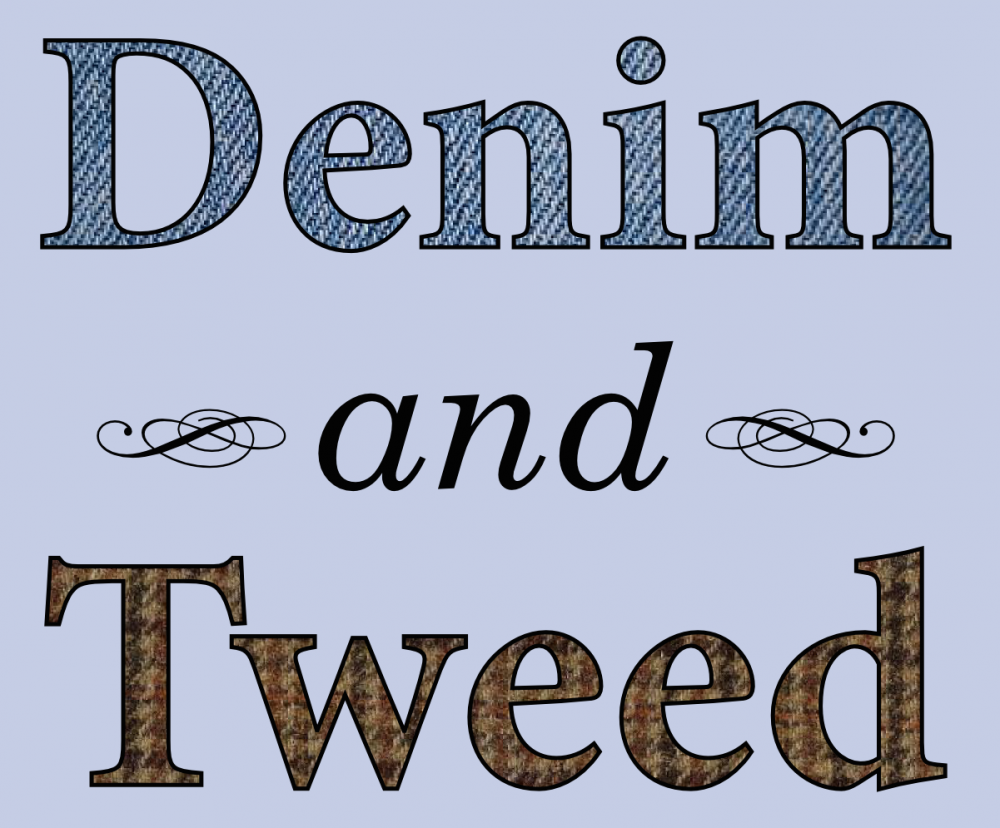
The Shaw Convention Centre, because who doesn’t like a Mayan temple with a greenhouse built over it? (Flickr: jby)
Over at The Molecular Ecologist, I’ve got a recap of the Botany 2015 meeting in Edmonton.


The Shaw Convention Centre, because who doesn’t like a Mayan temple with a greenhouse built over it? (Flickr: jby)
Over at The Molecular Ecologist, I’ve got a recap of the Botany 2015 meeting in Edmonton.

Jewelwing damselflies (Calopteryx maculata) mating. (Flickr: Lisa Brown)
Over at Nothing in Biology Makes Sense, I’ve posted a long-overdue review of a terrific little book about naughty parts. Genitals. Junk. It’s called Nature’s Nether Regions, by evolutionary biologist and entomologist Menno Schilthuizen, and it puts the weird world of (animal) reproductive anatomy on full display, while avoiding the cliches and pitfalls into which so many popular accounts of sex and evolution fall.
The book’s subtitle What the Sex Lives of Bugs, Birds, and Beasts Tell us About Evolution, Biodiversity, and Ourselves, might be a bit ominous to a reader familiar with the many hazards of evolutionary hypothesizing about human behavior, but Schlithuizen’s chatty tour of animals’ sexual anatomy dodges them all. He does this, in large part, by devoting far more time and attention to the “evolution” and “biodiversity” than to “ourselves,” putting the rather pedestrian reproductive arrangements of Homo sapiens in their place amidst the baroque diversity of appendages, receptacles, secretions, and behaviors other animals employ to multiply their kinds.
Go read the whole review, which includes some sampling of the natural history Schilthuizen covers, and then check out the book itself.
The first peer-reviewed paper from the Queer in STEM survey of lesbian, gay, bisexual, trans, and queer scientists, engineers, and research professionals is now online ahead of print in the Journal of Homosexuality. It’s the first big, nationwide study of LGBTQ career experiences in the sciences — a potentially important resource to inform the policies of scientific employers and professional organizations.
Some of the most important points in the paper, which I wrote with collaborator Allison Mattheis, are

Queer in STEM participants were more likely to be open to colleagues if they worked in STEM fields with better representation of women, as estimated from the U.S. National Science Board’s Science and Engineering Indicators (SEI) report. Regression with all STEM fields (solid line), p = 0.31;
with Psychology excluded (dashed line), p = 0.02.
You can find the full paper on the website of the Journal of Homosexuality, or download an easier-to-read PDF copy of the manuscript here.